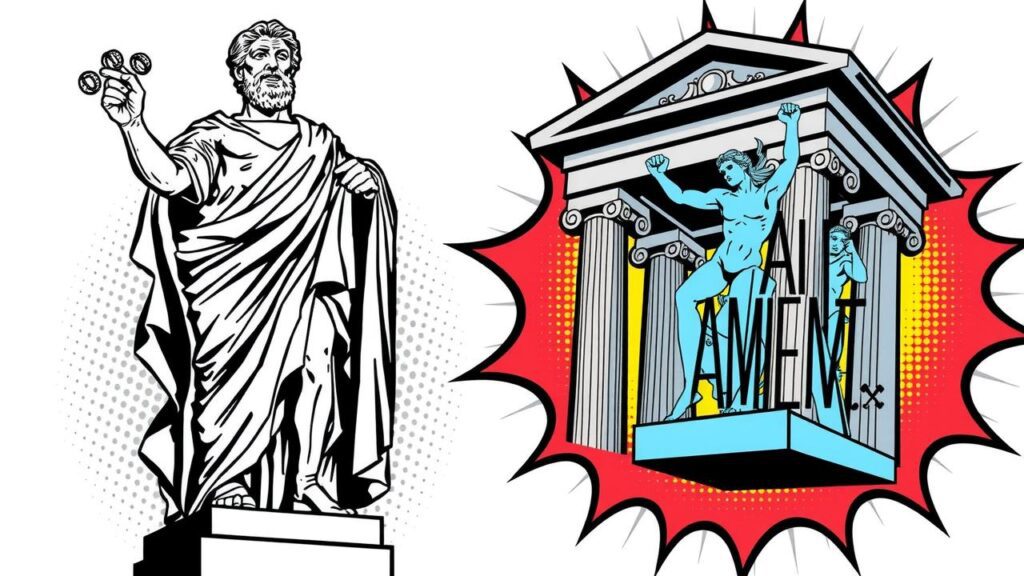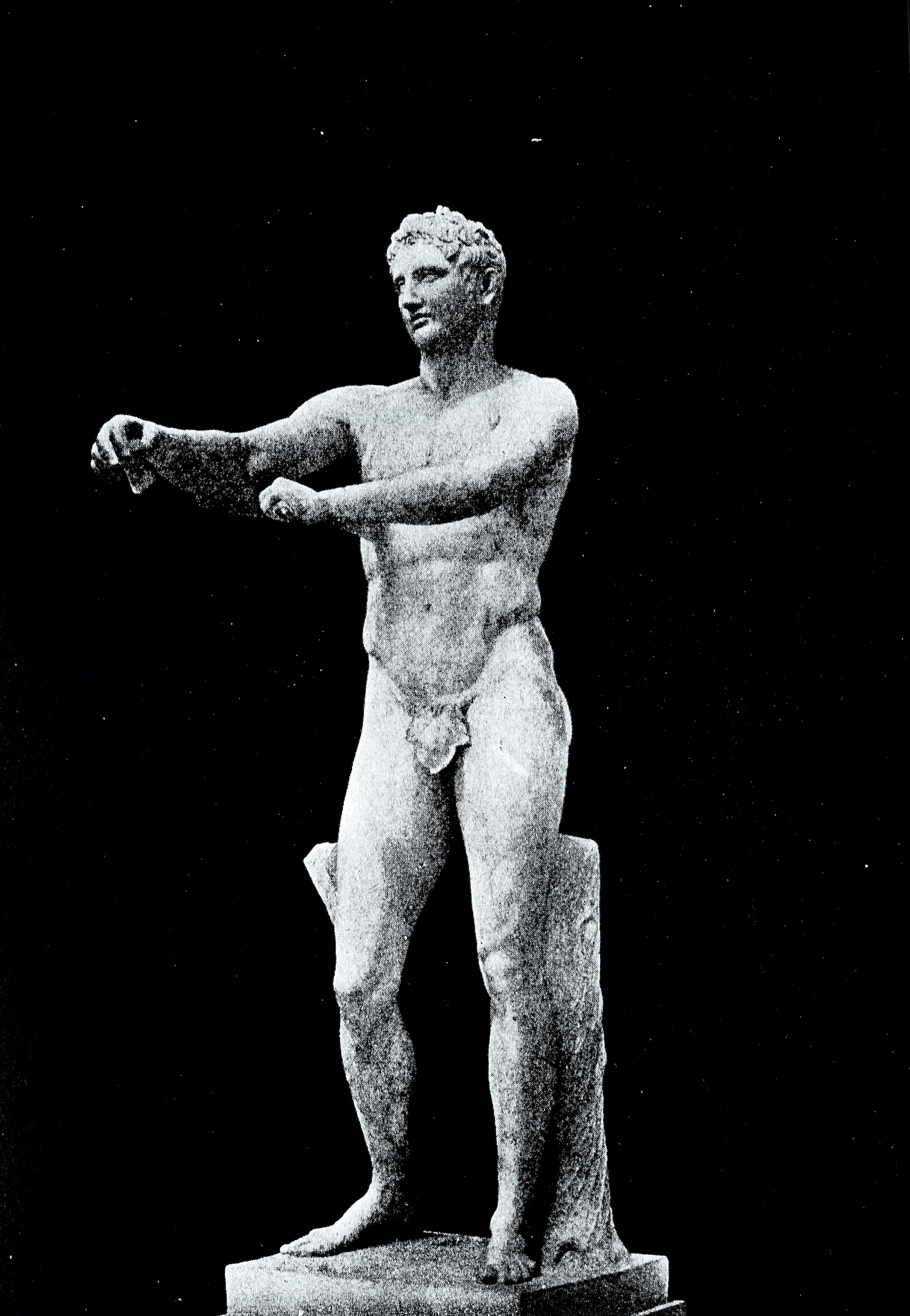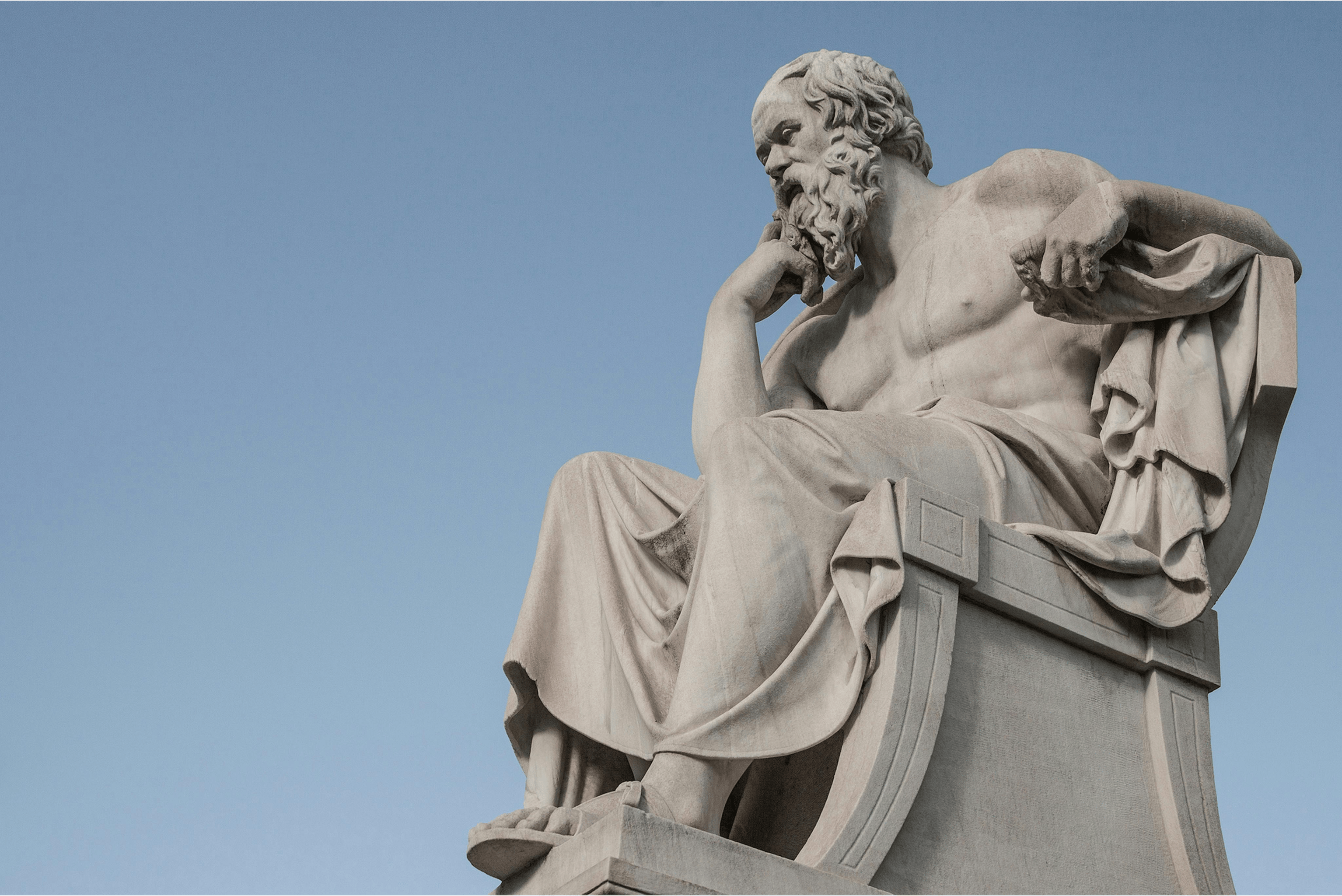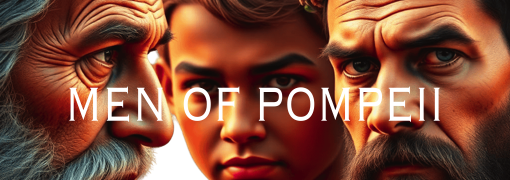The study of Roman copies of Greek statues reveals much about the ancient cultures. These reproductions, while not original masterpieces, serve as valuable insights into how Romans viewed Greek art. Sometimes they were altered in style or detail to fit Roman tastes or ideals, showing a unique blend of influences. This mix can help us understand the cultural exchange between these two societies. It’s also interesting to see how some features were added or emphasized in these copies, reflecting a different kind of beauty that Romans appreciated. In this way, we can appreciate both cultures through their artistic choices and expressions.

Understanding Roman Copies of Greek Statues
Roman copies of Greek statues serve as an important bridge between ancient cultures, revealing how the Romans admired and emulated Greek art. The Romans produced numerous replicas of renowned Greek sculptures, often to showcase their own wealth and cultural sophistication. These copies varied in quality and fidelity to the original works, depending on the skill of the sculptor and the purpose of the copy. One notable example is the ‘Venus de Milo,’ which, while originally a Greek sculpture, was replicated by the Romans, demonstrating their appreciation for Greek beauty and aesthetics.
These replicas were not merely imitations; they often held significant social and political meanings. For instance, a Roman leader might commission a copy of a Greek statue to associate themselves with the ideals of heroism and virtue depicted in the original. Additionally, the Romans adapted many Greek works to fit their own artistic conventions, sometimes altering proportions or details. This adaptation illustrates how art evolves through cultural exchanges, with each society bringing its own values and interpretations to the pieces they admired. Understanding these copies provides insight into how the Romans viewed themselves in relation to the revered Greek tradition.
Cultural Significance of Roman Replicas
Roman replicas of Greek statues were more than just copies; they were a means of cultural expression and identity. The Romans admired Greek art, considering it the pinnacle of aesthetic achievement. By creating replicas, they not only preserved the beauty of Greek artistry but also adapted it to their own cultural context. For instance, the famous statue of Venus de Milo was replicated in various forms, reflecting Roman ideals of beauty while still honoring Greek origins.
These replicas served multiple purposes. They were often used to decorate public spaces, temples, and private homes, making art accessible to a broader audience. Moreover, owning a replica of a revered Greek statue was a status symbol, showcasing one’s education and cultural sophistication. In this way, Roman replicas played a crucial role in the social dynamics of Roman society.
Additionally, these copies helped in the dissemination of Greek culture throughout the Roman Empire. As soldiers, traders, and travelers moved across regions, they carried these artworks with them, influencing local art and culture. This blending of styles created a rich tapestry of artistic expression that shaped the identity of the Empire. Thus, Roman replicas of Greek statues were not mere imitations; they were vital links in the cultural exchange between Greece and Rome, leaving a lasting impact on the art world.

Techniques Used in Creating Copies
The creation of Roman copies of Greek statues involved several techniques that showcased both the skill of the artists and the materials available to them. One common method was the use of a process called “casting,” where the original sculpture was often reproduced using bronze or marble. Artists would create a mold from the original statue and then pour molten metal or carve the stone to create a replica. This allowed for multiple copies of a single work, making art more accessible.
Another technique was “pointing,” which involved transferring measurements from the original statue to the copy. Artists would use a pointing machine, a tool that helped them accurately scale the dimensions of the original statue onto the new material. This method ensured that the proportions remained consistent, preserving the aesthetic qualities of the original.
In addition to these methods, many Roman copies also incorporated elements unique to Roman culture. Artists would sometimes alter the poses or features to better align with Roman ideals, creating a blend of Greek form and Roman function. A notable example is the famous statue of the Discobolus, which was replicated numerous times in Rome, each with slight variations that reflected changing tastes.
The use of different materials, like marble for finer details or terracotta for more affordable replicas, also played a role in how these copies were created. Each material brought its own texture and finish, further diversifying the presentation of Greek themes in Roman art.
- Use of molds to replicate original sculptures
- Carving techniques adapted from Greek methods
- Tools employed by Roman sculptors
- Materials selected for durability and appearance
- Methods for achieving lifelike proportions
- Finish and patina techniques to mimic age
- Innovations in sculpture production introduced by Romans
Famous Roman Copies of Greek Statues
Among the most renowned Roman copies of Greek statues, the ‘Venus de Milo’ stands out as a symbol of beauty and artistry. Originally created in the Hellenistic period, its Roman replicas, including those found in various museums, demonstrate the enduring appeal of the original work. Another significant example is the ‘Discobolus,’ or Discus Thrower, which showcases the athletic ideal of Ancient Greece. The Roman copies often present slight variations, reflecting the artistic interpretations of the time while preserving the essence of the originals. The ‘Apollo Belvedere,’ a statue celebrated for its depiction of the god Apollo, also saw numerous Roman reproductions, further solidifying its status in both Greek and Roman culture. These works not only highlight the craftsmanship of Roman artisans but also serve as a bridge connecting modern audiences to the aesthetic values of ancient civilizations.
| Statue Name | Original Greek Artist | Date of Roman Copy | Location | Notable Features |
|---|---|---|---|---|
| Apollo Belvedere | Leocoon | 1st Century AD | Vatican Museums | Idealized form, dynamic pose |
| Venus de Milo | Aphrodite of Milos | 100 BC | Louvre Museum | Contrapposto stance, missing arms |
| The Dying Gaul | Epigonos | 230-220 BC | Capitoline Museums | Realistic depiction of pain |
| Laocoön and His Sons | Agesander, Athenodoros, Polydorus | 1st Century BC | Vatican Museums | Dramatic expression and movement |
| The Discobolus | Myron | 450 BC | Various replicas | Dynamic action pose, emphasis on athleticism |
Differences Between Copies and Originals
The differences between Roman copies and their Greek originals are significant and stem from various factors, including artistic intention, material, and cultural context. One major difference is the level of idealization in the original Greek works. Greek sculptors often aimed for an idealized form, capturing beauty and perfection, as seen in works like the statue of Aphrodite of Knidos by Praxiteles. Roman copies, however, sometimes introduced a more realistic portrayal, reflecting the individual characteristics of the model, which can be seen in the way they depicted wrinkles or age in figures like the republican Roman busts that emphasize realism.
Additionally, the materials used can differ greatly. Many Greek statues were originally made of bronze, while the Romans predominantly used marble for their copies. This shift not only changed the texture and color but also affected the preservation of details. Bronze allowed for more intricate details and dynamic poses, whereas marble often resulted in a more static representation.
Cultural context also plays a crucial role. The Romans created copies not just as art but as tools for political propaganda, education, and cultural identity. They often adapted the originals to fit their societal values, which sometimes led to alterations in posture, expression, and even attire. For instance, the Roman copy of the Discobolus (Discus Thrower) emphasizes physical prowess, while the original Greek version focused on athletic idealism.
Overall, while Roman copies serve as important historical artifacts, they reflect both fidelity to and divergence from the originals, revealing the complex relationship between the two cultures.

Impact of Roman Copies on Art History
Roman copies of Greek statues have had a profound impact on art history, serving as a bridge between ancient cultures and influencing the trajectory of Western art. These replicas not only preserved the aesthetics and ideals of Greek art but also introduced new interpretations and styles that reflected Roman values. For instance, the emphasis on realism and idealism in Roman copies often diverged from the more stylized forms of the originals, showcasing a blend of cultural influences. The widespread distribution of these copies through the Roman Empire facilitated the dissemination of Greek artistic principles, making them accessible to a broader audience. Moreover, during the Renaissance, artists looked to these Roman copies as sources of inspiration, which led to a revival of classical themes in art. Works like Michelangelo’s “David” echo the grandeur of both the original Greek sculptures and the Roman interpretations that preceded them. Thus, Roman copies not only preserved the legacy of Greek art but also shaped the evolution of artistic practices in subsequent centuries.
Analyzing the Aesthetic Choices
Roman copies of Greek statues often reflect distinct aesthetic choices that highlight the values and preferences of Roman society. While the Greeks emphasized idealism and the perfection of the human form, Romans introduced a sense of realism and individuality into their copies. They often chose to depict not just the idealized features but also the age and character of the subjects, as seen in the busts of notable figures like Julius Caesar, which displayed his aged features and imperfections. This shift in focus allowed Romans to celebrate their leaders and ancestors in a more relatable way.
Additionally, the materials used in Roman replicas varied, with some sculptures made from marble, while others employed bronze. This choice affected the visual impact and texture of the works. For example, the use of bronze could create a more dynamic and lively appearance due to its ability to capture fine details and a range of finishes. In contrast, marble conveyed a sense of grandeur and permanence.
The Romans also incorporated different styles and techniques from various regions, adapting Greek models to fit their cultural context. This can be seen in the way they sometimes blended Hellenistic influences with local artistic traditions, creating unique hybrids that retained the essence of Greek artistry while also showcasing Roman innovation. Such adaptations illustrate how aesthetic choices were not merely about replication but also about interpretation and expression within a different cultural framework.
Challenges in Studying Roman Copies
Studying Roman copies of Greek statues presents several challenges that can complicate our understanding of both the replicas and their original inspirations. One major issue is the sheer number of copies that exist, which can lead to confusion regarding which version is the most accurate or representative of a lost original. For instance, the numerous variations of the famous ‘Venus de Milo’ raise questions about which details were intentional adaptations or mere artistic choices made by Roman artisans.
Additionally, the materials used in Roman copies often differ from those of the original Greek works. Many Greek statues were made of bronze, while Roman copies were typically crafted from marble. This shift not only affects the aesthetic qualities of the pieces but also their durability and preservation. Moreover, the context in which these copies were made and displayed varies widely, which can alter their intended meaning and significance.
Another challenge is the lack of comprehensive documentation from ancient times. Many copies have no clear provenance, making it difficult to trace their origins or the specific Greek statues they were modeled after. This uncertainty complicates the task of art historians who seek to map out the lineage of these works.
Lastly, modern interpretations of Roman copies can be influenced by contemporary biases and preferences, which may distort our understanding of their original cultural and artistic significance. For example, modern tastes have sometimes favored the more dramatic and emotive poses found in later Roman works over the idealized forms of earlier Greek art. This shift in appreciation can lead to a skewed perspective when evaluating the importance and impact of these Roman copies.
Agent Stopped Due to Iteration Limit
The creation of Roman copies of Greek statues was a complex process that often involved significant iterations. Artists would study original works, sometimes making adjustments to better fit Roman tastes or architectural contexts. However, this iterative process sometimes faced limitations. These constraints could stem from time restrictions, the urgency of commissions, or even the physical limitations of the materials used. For instance, a sculptor might have to abandon a project due to the pressures of upcoming public festivals or monumental dedications. This could lead to incomplete works or adaptations that strayed from the original vision. Additionally, the iterative nature of copying sometimes resulted in variations that, while unintentional, added unique characteristics to the copies, making them distinct from their Greek predecessors. Such nuances can be seen in the well-known adaptations of the Venus de Milo, which Roman artists interpreted with a different emphasis on drapery and form.
Roman copies of Greek statues serve as a fascinating lens through which we can examine the values and aesthetics of both cultures. While the Greeks were often focused on idealism and the pursuit of beauty, the Romans added their own interpretations, reflecting their societal values. For example, the famous statue of the “Discobolus” (Discus Thrower) by Myron, originally crafted in the 5th century BC, was replicated numerous times in Rome. The Roman versions often emphasized muscular detail and realism, which showcased the Roman admiration for physical prowess. Additionally, Roman copies sometimes included elements that resonated with their own cultural narratives, such as adding laurel wreaths to signify victory or honor, illustrating how they merged Greek ideals with their own traditions. This blend not only preserved Greek art but also adapted it to suit Roman tastes and purposes.
Frequently Asked Questions
1. Why did the Romans copy Greek statues?
The Romans admired Greek art and culture, so they made copies of Greek statues to show off their love for it and to decorate their public spaces.
2. What are the main differences between Greek and Roman statues?
Greek statues are known for their idealized beauty and natural poses, while Roman statues often focus on realism and may show imperfections or details of age.
3. How did Roman copies impact our understanding of Greek art?
Roman copies help us understand Greek art better by preserving styles and features that might have been lost, giving us insights into ancient techniques and aesthetics.
4. Are all Roman copies exact replicas of Greek statues?
No, many Roman copies are not exact replicas; they may vary in size, materials, and sometimes even style, reflecting Roman tastes and innovations.
5. Can we find original Greek statues today?
Most original Greek statues are lost or damaged, but some can be found in museums, while many other examples exist only as Roman copies.
TL;DR This blog post explores the significance of Roman replicas of classic Greek statues, highlighting their cultural importance, the techniques employed in their creation, and famous examples. It also discusses the differences between the copies and the originals, their impact on art history, the aesthetic choices made in their design, and the challenges faced in studying these works.

